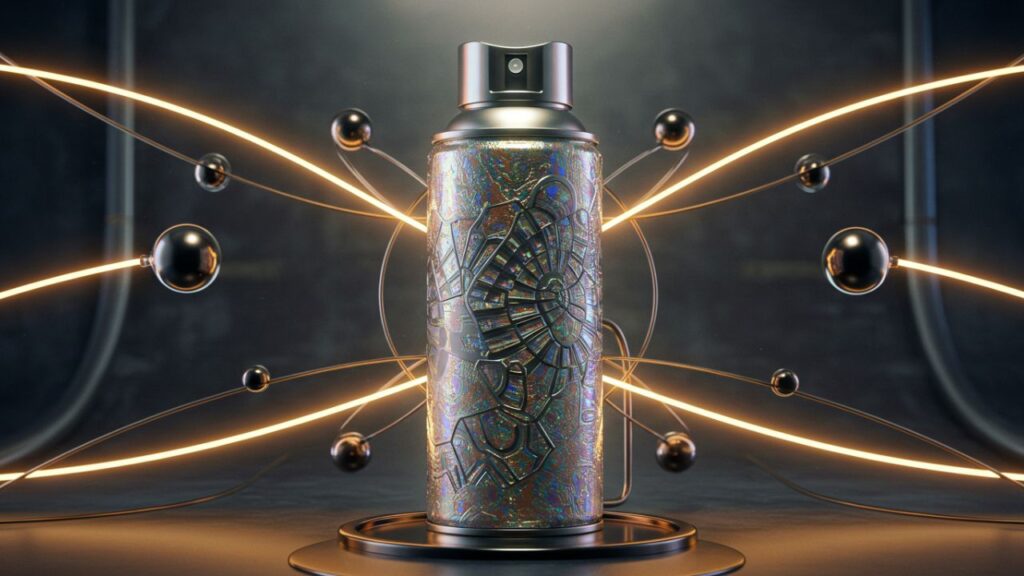Introduction: The Rise of Aerosol Innovation
Over the last few decades, aerosol innovation has drastically transformed how products are packaged, stored, and delivered across industries. From personal care to pharmaceuticals and even automotive maintenance, aerosols have become integral to modern consumer and industrial life. But what’s truly exciting is how innovation in this field is solving environmental challenges, enhancing user experience, and pushing the boundaries of what’s possible in product delivery systems.
What Is Aerosol Innovation?
Understanding Aerosols
An aerosol is essentially a suspension of fine solid particles or liquid droplets in gas. The most familiar examples are spray cans or pressurized containers used to dispense deodorants, paints, air fresheners, and medications. However, aerosol innovation goes beyond the basic mechanism—it’s about improving formulations, sustainability, delivery systems, and user interaction.
Why Innovation Matters
Traditional aerosols relied heavily on volatile organic compounds (VOCs) and harmful propellants like CFCs, which posed risks to human health and the environment. The industry responded with innovations that are safer, greener, and more efficient.
Key Drivers Behind Aerosol Innovation
1. Environmental Sustainability
One of the most significant drivers of aerosol innovation is the push for environmentally friendly alternatives. Companies are replacing hydrocarbons and CFCs with eco-safe propellants like compressed air or nitrogen.
In addition, recyclable aluminum and steel cans, combined with water-based formulations, are reducing the carbon footprint of aerosol products.
2. Technological Advancements
From smart valves to precision nozzles, aerosol delivery technology has come a long way. Some products now include features like 360-degree spraying, dose control, and even touchless application. These changes are redefining how consumers interact with aerosol-based items.
3. Consumer Expectations
Modern consumers demand more than just functionality. They want products that are safe, sustainable, and aesthetically pleasing. Aerosol innovation is responding to these demands with cleaner sprays, better scents, smoother textures, and smarter packaging.
Innovations Transforming the Aerosol Industry
Smart Aerosol Dispensing
One of the latest trends in aerosol innovation is smart dispensing technology. These systems use sensors and microchips to control how much product is released and when. This is particularly useful in medical and cosmetic applications where dosage accuracy is crucial.
Bag-on-Valve (BOV) Technology
BOV is a groundbreaking technology in the aerosol world. It separates the product from the propellant using a sealed bag inside the can. This not only extends shelf life but also allows for 100% product evacuation, reducing waste.
Advantages of BOV include:
-
Minimal contamination risk
-
Longer product preservation
-
All-angle spraying
Eco-Friendly Propellants
With growing environmental regulations, the need for sustainable propellants has spurred new developments. CO₂, nitrogen, and compressed air are increasingly used instead of traditional chemical propellants. These choices significantly reduce ozone depletion and greenhouse gas emissions.
Recyclable and Reusable Packaging
Packaging is another area of aerosol innovation. Companies are exploring biodegradable containers, refillable aerosol systems, and lightweight metals that cut down transportation emissions. The result? A more sustainable lifecycle for each product.
Impact of Aerosol Innovation Across Industries
Personal Care and Cosmetics
The beauty industry is one of the biggest beneficiaries of aerosol technology. From hairsprays to self-tanning mists, innovative aerosol systems allow for precise, even application. With aerosol innovation, consumers now get longer-lasting formulas, finer mist delivery, and more eco-conscious products.
Healthcare and Pharmaceuticals
Metered Dose Inhalers (MDIs) have been revolutionized by aerosol science. Recent improvements include smart inhalers with Bluetooth capabilities that track usage and remind patients to take their doses—improving health outcomes significantly.
Food and Beverage
Yes, even food has entered the aerosol era. Whipped cream, flavored oils, and decorative toppings are delivered via aerosols for convenience and portion control. Recent aerosol innovations ensure food-safe propellants and materials that meet stringent health standards.
Automotive and Industrial Applications
From lubricants to paints, the aerosol format is ideal for controlled, mess-free application. New formulations are being developed to be more durable, corrosion-resistant, and environmentally compliant, showing that innovation in this space is just as critical as in consumer goods.
Challenges in Aerosol Innovation
Regulatory Compliance
Innovators must navigate strict regulations concerning VOC content, flammability, and health impacts. Different countries impose different standards, making global deployment of aerosol products more complex.
Cost of Innovation
Eco-friendly and smart aerosol technologies often come with a higher upfront cost. This can deter smaller brands from adopting the latest developments unless the return on investment is clearly defined.
Consumer Education
While aerosol innovation brings numerous benefits, consumers often remain unaware of them. Brands need to educate users about how new technologies improve safety, efficiency, and sustainability.
The Future of Aerosol Innovation
AI and Machine Learning Integration
Some companies are beginning to explore AI-driven aerosol delivery, especially in healthcare and industrial settings. These systems can adapt the spray pattern or dosage based on real-time data.
Customizable Consumer Experience
Future aerosol products may allow for customization, letting consumers choose scent intensity, spray duration, or even mix components in real-time before application.
Zero-Waste Aerosols
The industry is inching toward “zero-waste” goals with refillable systems and biodegradable propellants. These technologies, while still emerging, represent the next frontier in aerosol innovation.
Conclusion: A Bright Future Ahead
Aerosol innovation is not just about the can or the spray—it’s about sustainability, safety, performance, and user experience. With continuous advancements in materials, delivery systems, and eco-conscious design, the future of aerosol products looks brighter than ever. Whether you’re a consumer, manufacturer, or investor, keeping an eye on aerosol innovation is essential in today’s fast-evolving product landscape.
From smart technology to green chemistry, aerosol innovation is changing the game—one spray at a time.






